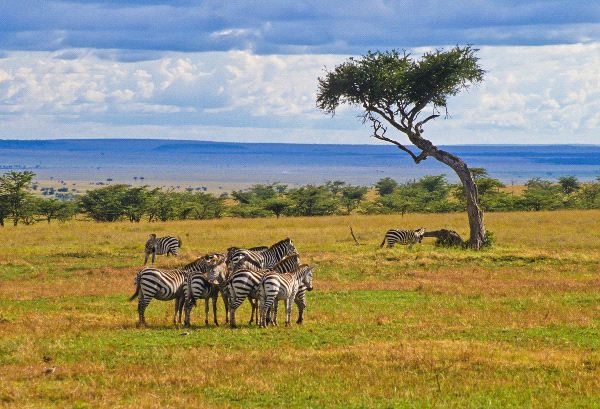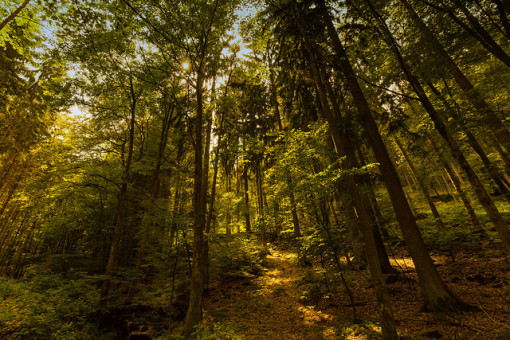How are biomes characterized?
1 Answer
Biomes are typically characterized based on the dominant plant and animal species found in a certain geographic area.
Explanation:
Biomes are typically characterized based on the dominant plant and animal species found in a certain geographic area. Temperature and precipitation are what determine the geographic distribution of a biome which species can live there.
For example, savannas are characterized by grasses, shrubs, and scattered trees but no forests. Plants are often adapted so that they are resistant to droughts. An abundance of grazing animals are found in savannas, and animals are often adapted for long migrations across the grasslands.

This is in contrast to deciduous forests, which are characterized by four distinct seasons, broadleaf trees, and trees that lose their leaves. Animals are characterized by their adaptations to the seasonal changes in leaf cover. Many also hibernate.

Learn more about the six major biomes here and how biomes differ from ecosystems.

